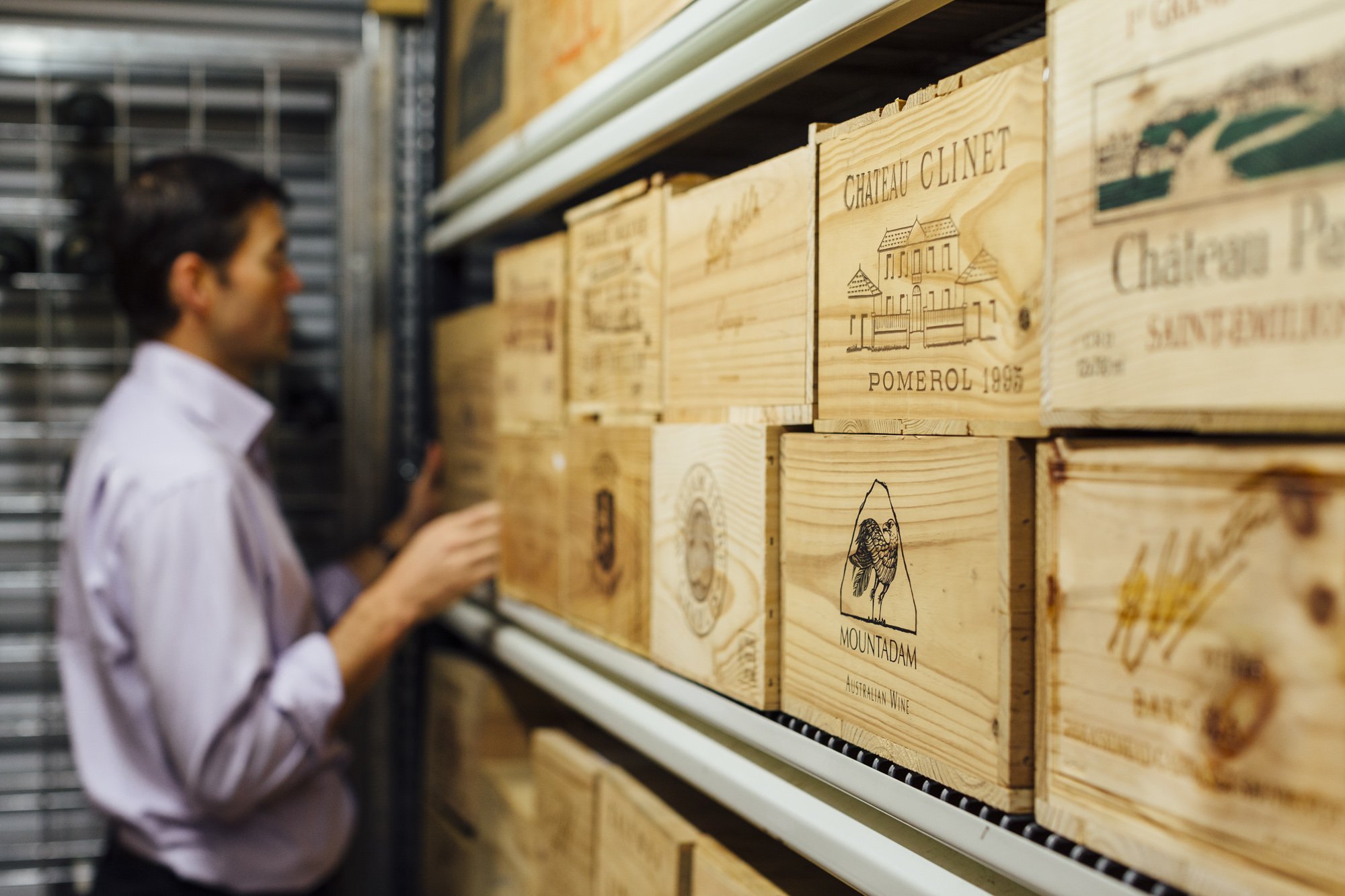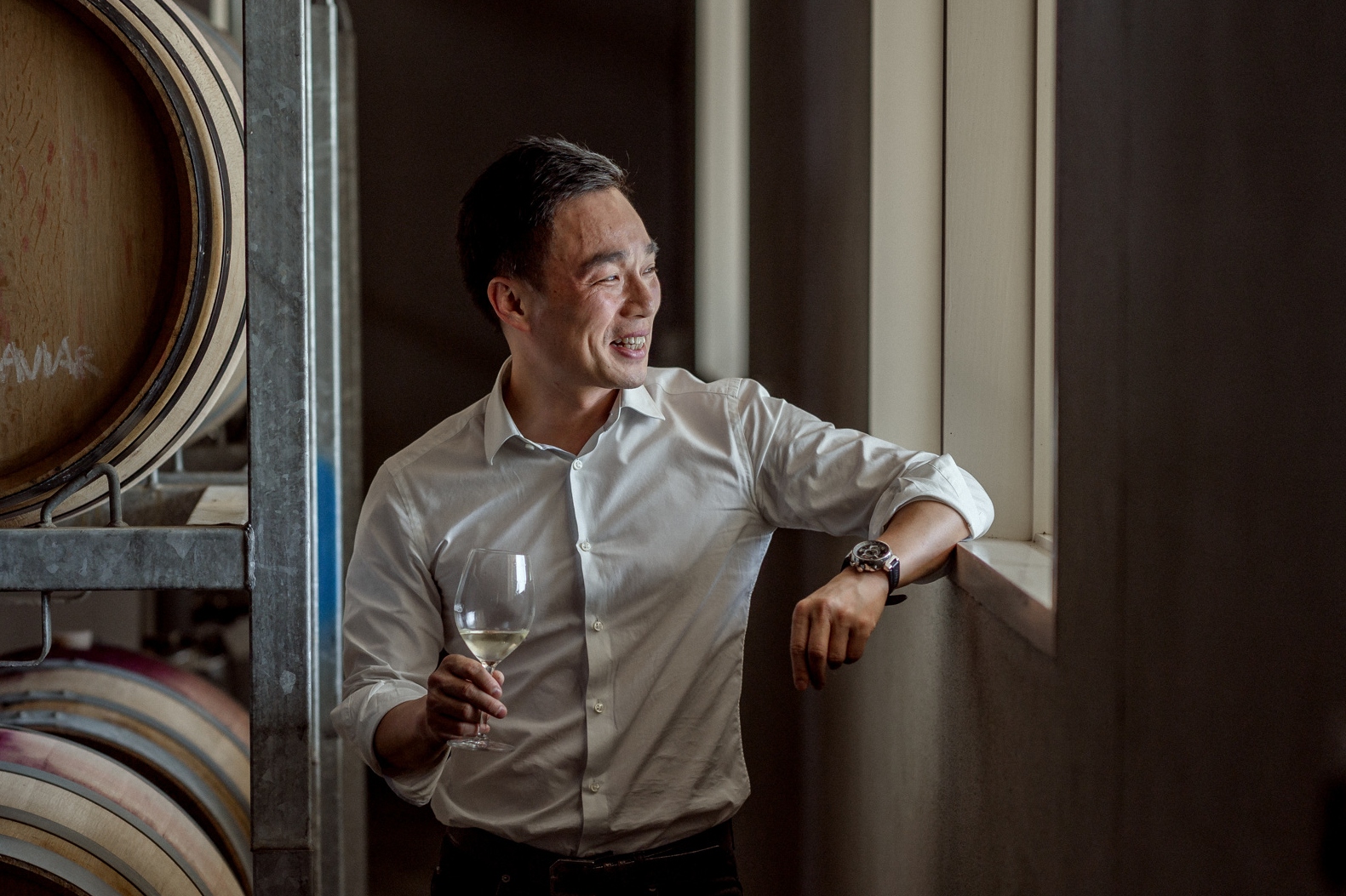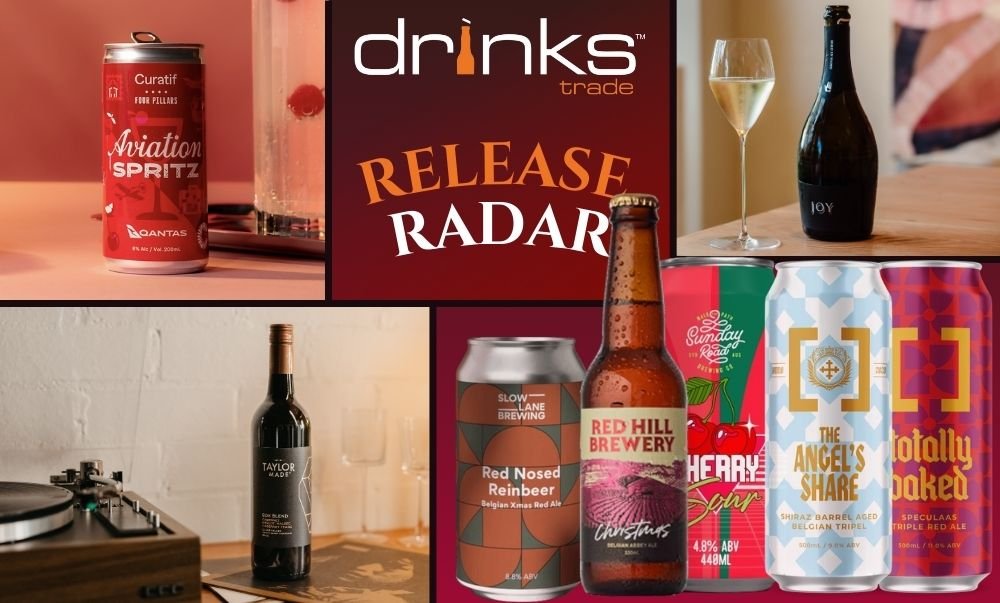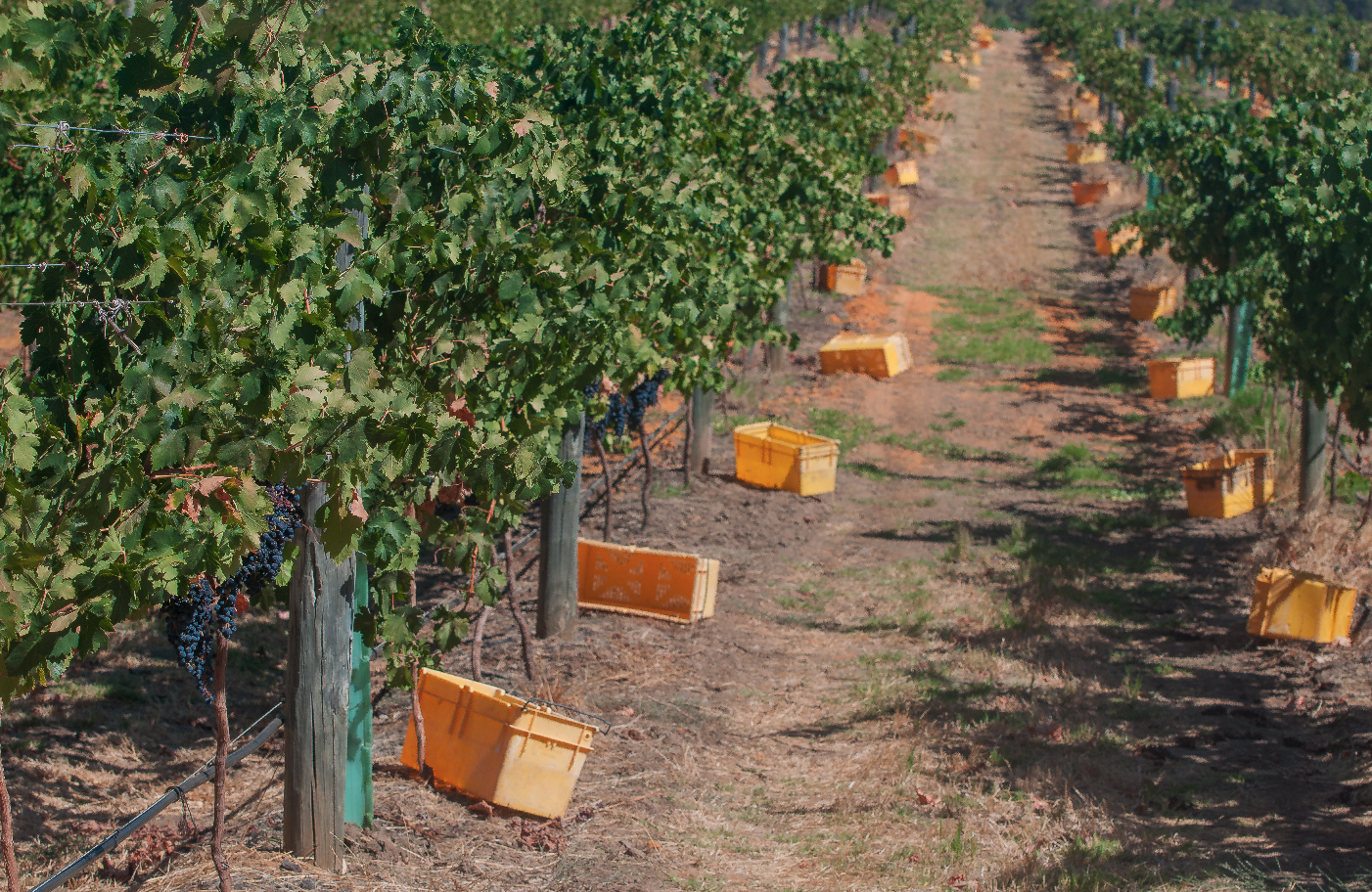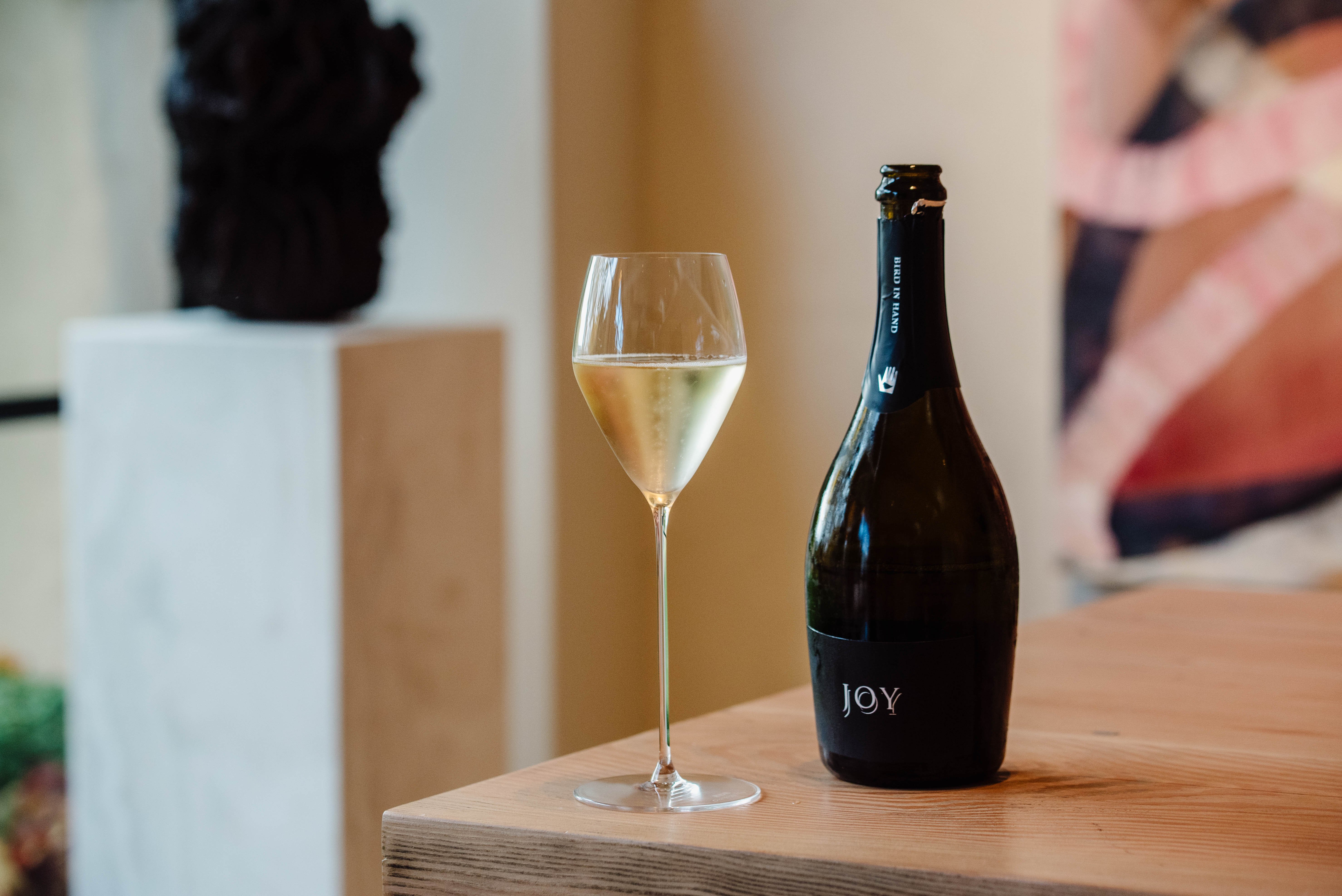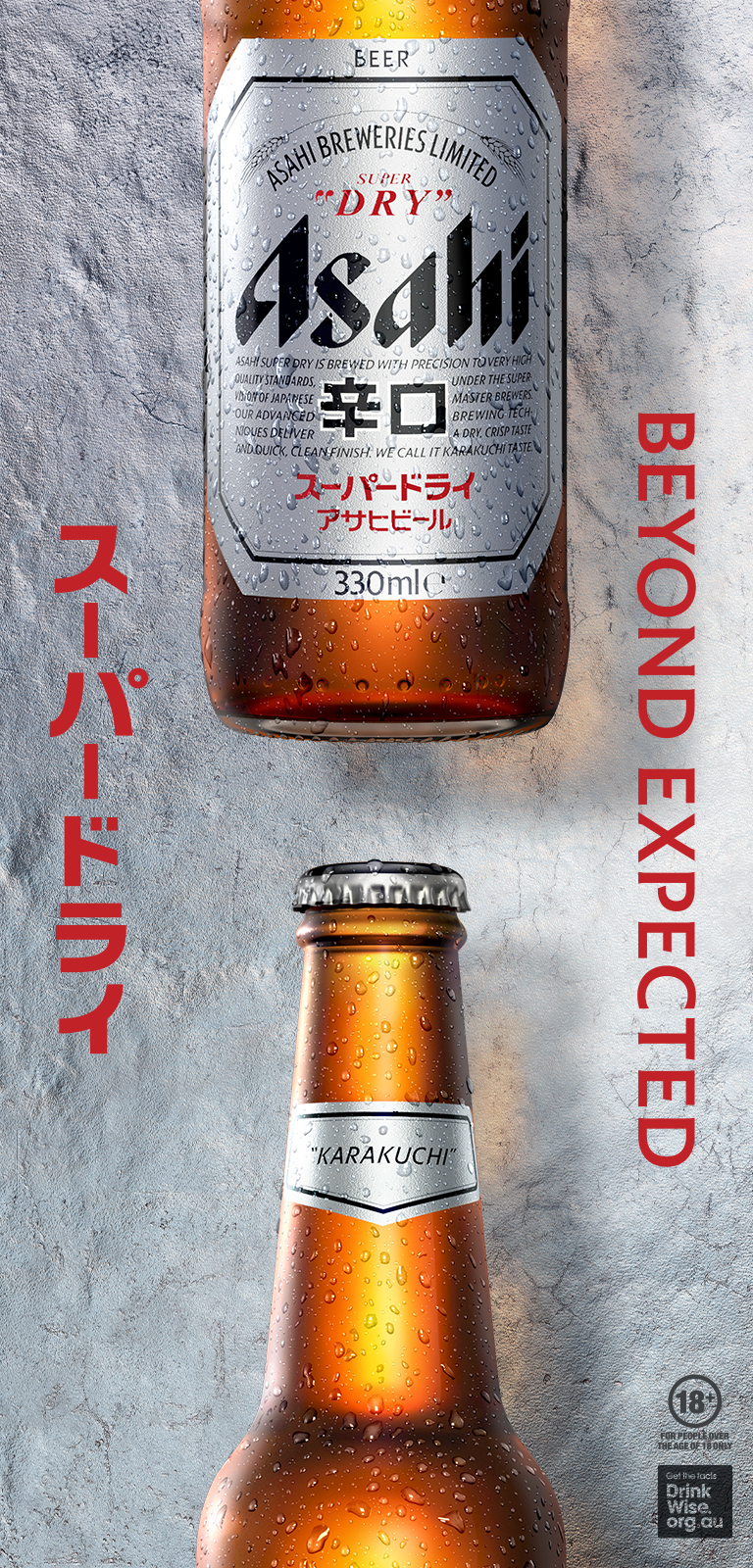IWSR reporting reveals the Australian and global wine industry faces the ongoing challenges of declining volumes but, on the bright side, continues to experience premiumization, growth in e-commerce, and evolving wine consumer preferences. Adapting to these trends and economic uncertainties will be crucial for wine producers and retailers in 2024 and beyond.
According to reporting from IWSR these are the key trends currently shaping the global wine landscape.
Ecommerce's Ascension:
The surge in online wine sales experienced during the pandemic is here to stay. Contrary to initial expectations, online wine purchases have remained steady or increased post-Covid. Notably, in markets like the US, Canada, and Brazil, a significant portion of potential wine consumers is open to online ordering.
Resilience of Sparkling Wines:
Sparkling wines, particularly Prosecco and Champagne, have thrived post-pandemic. Their adaptability to informal occasions at home has endeared them to consumers. In the US and Canada, these wines are now viewed as suitable for casual consumption, a shift from pre-2020 perceptions.
Youthful Revival
While overall wine consumption figures might display a downward trajectory, some regions like the US, UK, and Japan have witnessed a resurgence in the number of wine drinkers. The reopening of bars and restaurants has driven growth, primarily among younger adults who have adopted a "buy less but better" attitude.
Moderation Movement
Moderation is a growing trend in the alcoholic beverage sector, especially among younger legal drinking age (LDA-34) wine consumers. Low-alcohol wines, in contrast to their no-alcohol counterparts, have gained traction in markets such as the US, Germany, Japan, and the UK.
Premiumization Persists
Premium wines continue to outperform lower-priced options, both in the sparkling and still wine categories. Consumer preference for higher-quality wines, consumed less frequently, is expected to continue, potentially paving the way for alternative wines.
Rise of Alternative Wines
Organic, natural, and sustainably-produced wines are gaining favour among Gen Y and Gen Z consumers. These alternative wines align with the "less but better" trend and resonate with health and environmental concerns. They hold the potential to attract younger LDA demographics.
Economic Uncertainty
The global economic outlook remains uncertain, posing a challenge to the wine industry. While many wine consumers express confidence in managing their finances, they are often doing so by reducing wine spending. Europeans, in particular, are expected to buy less and opt for cheaper wines in the near future, reflecting short-term caution amid economic uncertainty.
Global Consumer Sentiment
Globally, wine-drinking populations exhibit long-term optimism but short-term caution, particularly in Europe. After a period of increased socializing post-Covid, consumers are now preparing for a phase of financial restraint.
Share the content

